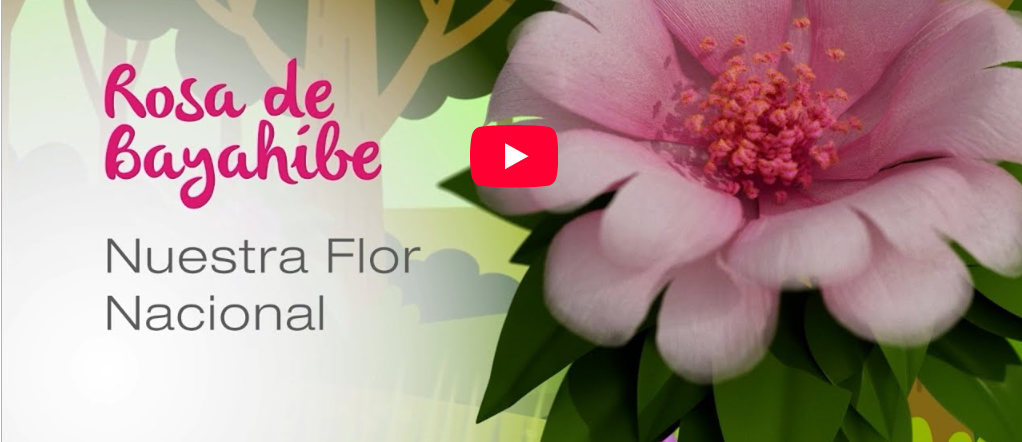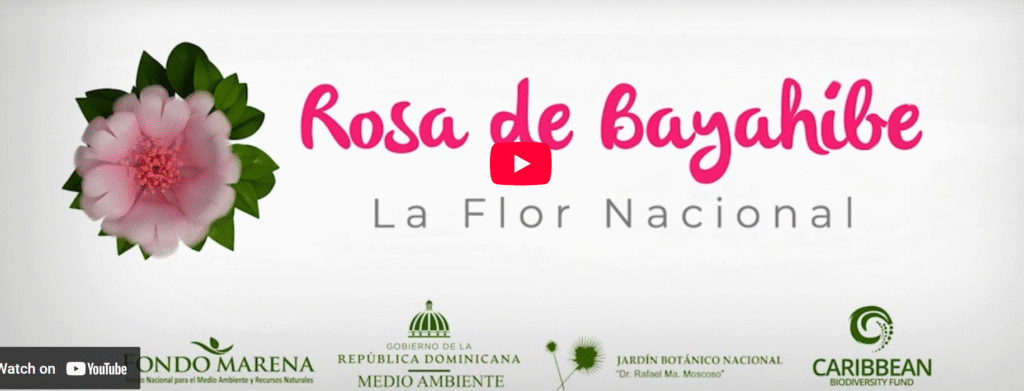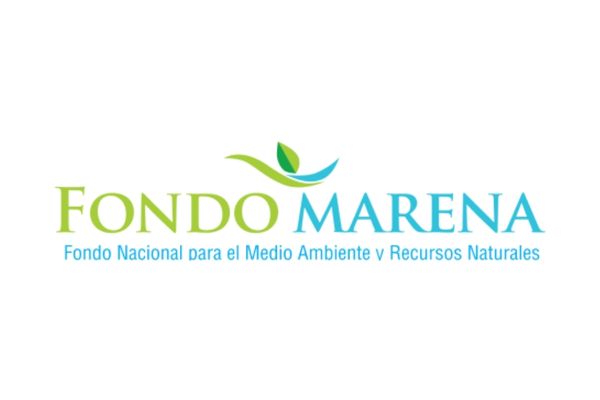MENUMENU



After over a decade of providing sustainable financing for the Caribbean region, the CBF has directly or indirectly funded an estimated 100 projects and initiatives that implement effective conservation actions. This database provides details of those projects.